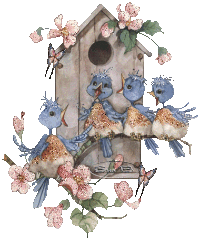We can group animals based on the external features that they share i.e. similarities in external features. Animals can be grouped in different ways, for examples:
- The fish, snake and crocodile can be grouped together because they have scales.
- Fish and shark can be grouped together because they have fins.
- Buffalo, rhinoceros, saber antelope and deer can be grouped together because they have horns.
- Peacock, swan, parrot, bird, duck and chicken can be grouped together because they have feathers.
- While lion, baboon and highland cow can be grouped together because they have hair.
- We can also group animals according to the number of legs that they have. Animals with many legs i.e. centipede and millipede; animals with no legs i.e. snake, snail and fish; animals with two legs i.e. duck, flamingo and rooster; animals with four legs i.e. crocodile, toad, rat, elephant, horse, tiger and kangaroo; animals with five legs (most common) i.e. starfish; animals with six legs i.e. grasshopper, mosquito, bee and fly; animals with eight legs i.e. spider.
- Cat, squirrel, wolf and koala bear can be grouped together because they have furs.
- We can also group animals according to the shape of beaks they have. Animals with long beak i.e. ibis and pelican; animals with short and hooked beak i.e. parrot and eagle; animal with flat beak i.e. ostrich.
- Crab and parrot can be grouped together because they have claws.
- Tortoise, turtle and snail can be grouped together because they have shells.
- Butterfly, bee and dragonfly can be grouped together because they have wings.
EXERCISE 2
Complete the table.
|
Group
|
External Features
|
Animals with the same features
|
|
1
|
Fur
|
|
|
2
|
|
Goat, Cow, Deer, Bull
|
|
3
|
|
Snake, Lizard, Crocodile, Armadillo
|
|
4
|
|
|
|
5
|
|
Butterfly, Grasshopper, Bat, Bee
|








very useful information in my teaching.
ReplyDeletenice blog!
ReplyDeleteGambar yang menarik
ReplyDeletevery useful and nice blog!
ReplyDeletenice blog, keep it up !
ReplyDeleteSo nice, thanks for sharing.
ReplyDeleteWell done!Keep it up!
ReplyDeleteYour blog is very nice and the note is useful for students, thanks for sharing...
ReplyDeletegood classification~
ReplyDeleteNice blog. I can learn a lot from your blog.Thanks for sharing.
ReplyDeleteWe can get many useful knowledges from your blog! well done!
ReplyDeletethank you.
Deletethanks for sharing
ReplyDeleteNice blog. Thank you for sharing!
ReplyDelete